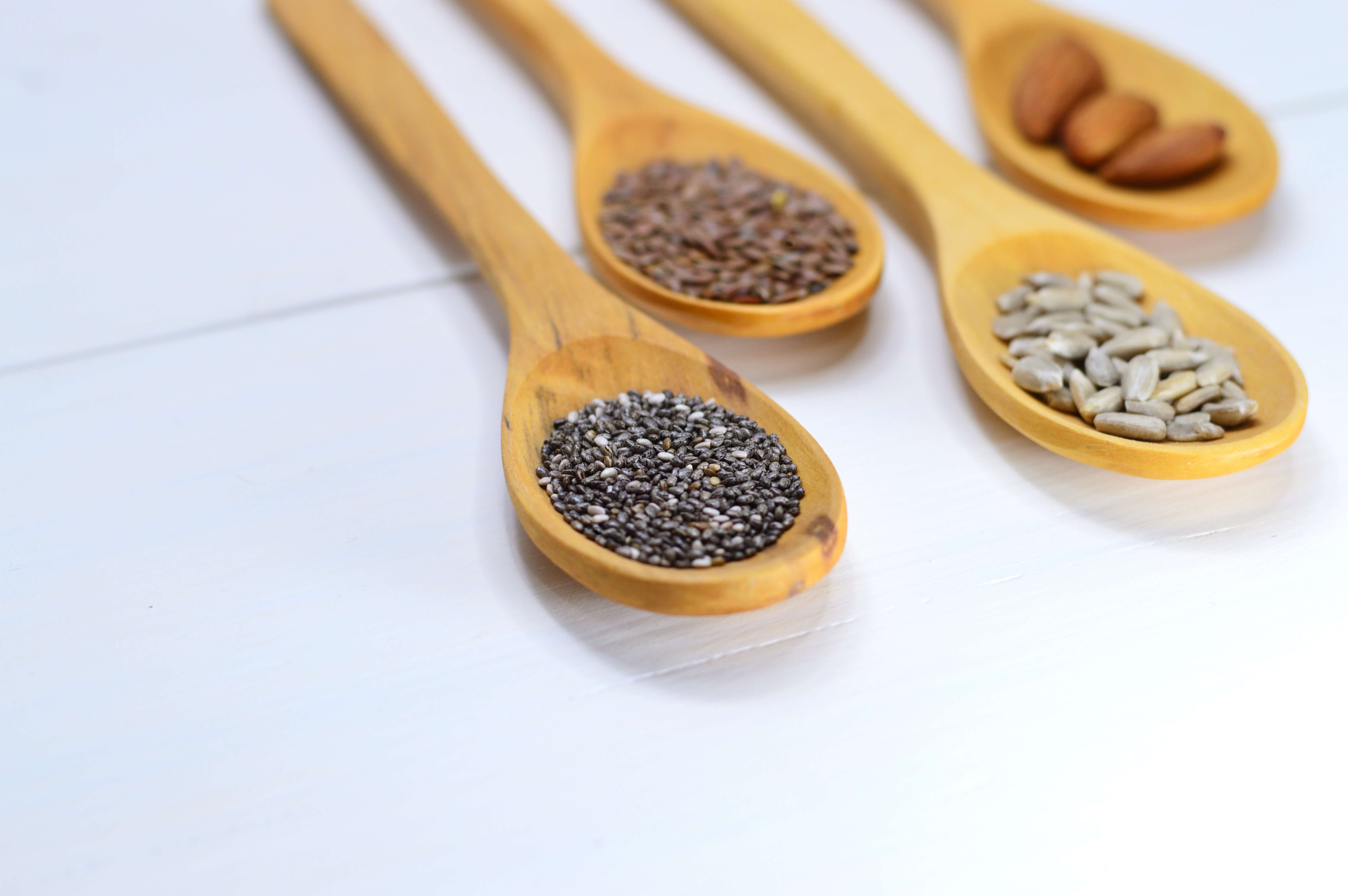Can vegetarians get enough iron just from plants?
Iron is thought to be a concerning health topic for vegetarians and vegans. Media often claims a vegetarian diet will lead to an iron deficiency. Is that true or just another myth?
It is true that you need to pay close attention to which plant foods you are eating every day to see if you meet the daily iron requirements. I have been eating plant-based for a few years now and, after learning a few tricks, I don't have any problems in getting enough iron into my diet.
Keep reading to learn about the two types of dietary iron you can find, and how to increase iron absorption when coming from plants.
Heme vs Non-heme iron
Dietary iron can be found in two forms:
- Heme iron: type of iron found in meat, fish and seafood. Comprises around 40-45% of the iron found in meat, the rest is non-heme iron.
- Non-heme iron: is found both in plants and animals.1
Heme iron is more easily absorbed because there are two pathways by which heme iron can pass into the bloodstream. On the contrary, non-heme iron is less absorbable due to the requirement of modifications prior to absorption (by one specific receptor).2, 3
Iron associated disorders
A deficiency in iron can lead (or not) to anemia. Symptoms of anemia include tiredness, weakness, headaches, cold hands and feet, poor appetite, pale skin and heart palpitations.4
Moreover, some people can also suffer from iron deficiency without anemia. Symptoms are difficulty concentrating, poor immune function and lethargy.2
Iron deficiencies can occur due to:
- Increased demand: due to rapid periods of growth (pregnancy, infants, heavy menstruation, digestive tract infections, accidents, frequent blood donation).
- Decreased intake or absorption: caused by a poor diet that does not include iron-rich foods, intake of foods or medications that reduce iron absorption, and disease conditions such as celiac disease, Crohn’s disease and hormones imbalances.4
On the other side, a condition called hemochromatosis is a genetic iron disorder where the body takes in too much iron from food sources. If it is not treated, the excess iron can damage joints and organs.5
Subscribe to our blog, get notified when we release a new post and receive a shopping list to heal your gut for free!
How to detect an iron deficiency
Iron deficiencies and associated anemias can be detected via a blood test. It is important to mention that several parameters need to be evaluated in order to ensure a correct diagnosis.
- Haemoglobin: iron-containing protein in the blood that carries oxygen to cells.
- Hematocrit: this refers to the percentage of red blood cells in the blood.
- Serum iron and iron-binding capacity: used to measure the amount of iron in transit in the serum.
- Serum ferritin: indicates the amount of iron stored in the body.4
Ferritin levels are very important because it helps distinguish between iron deficiency with or without anemia.
A person that has low haemoglobin, hematocrit and serum ferritin, is diagnosed with iron deficiency with anemia. This might be caused by insufficient consumption of iron (or insufficient absorption of iron) and a reduction in red blood cells or haemoglobin. In this case, iron supplements can be helpful.
If a person has normal haemoglobin levels, but low serum ferritin, an iron deficiency without anemia may be diagnosed. It’s worth knowing that iron supplements could be harmful in this case.
Iron in vegans/vegetarians
As mentioned earlier, heme iron is only found in animal tissues, and it’s more easily absorbed by our body. Studies have investigated whether iron levels of vegetarians and vegans are different to those from omnivores. Indeed, vegetarians and vegans seem to have lower levels of iron stores (ferritin)6, 7, 8 and haemoglobin.9
However, most of these articles do not distinguish between lifestyle factors. This is extremely important in order to make conclusive statements. Vegans and vegetarians can also have an unhealthy diet (high in processed foods and low in nutritional value). This study showed that 30% of vegetarian girls in the UK had lower haemoglobin concentration, but those with more vitamin C intake (associated with greater fruit and vegetable intake = healthier diet) had higher haemoglobin concentrations.
Moreover, low iron status does not equate to iron deficiency, and long‐term vegetarians in Western countries do not, in general, have a higher prevalence of iron‐deficiency anemia than omnivores. In addition, low iron stores without low haemoglobin have not been associated with negative health effects.10
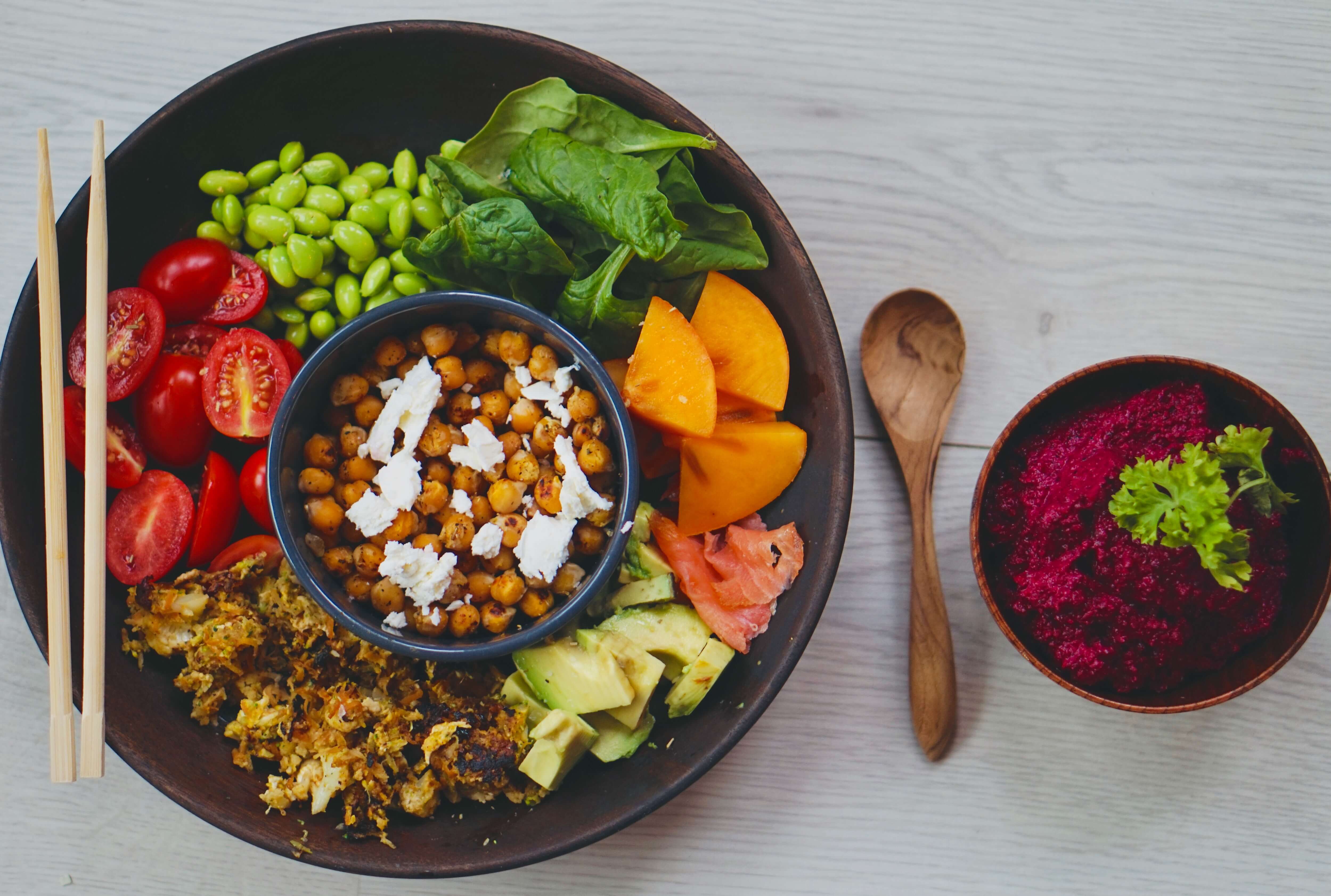
Health risks of heme iron
While iron is an essential mineral for the human body, the rapid absorption of heme iron is not always a good thing. Excess iron can’t be removed, thus keeping the right iron level is critical.
While non-heme iron is well regulated by our body, heme iron is not. Due to iron is also an oxidant, too much of it can induce oxidative stress, leading to inflammation and DNA damage.11
Research has linked high heme iron intake to heart disease, type 2 diabetes, stroke and several types of cancer, such as colorectal cancer.11, 12, 13, 14, 15, 16
On the contrary, low, but adequate, iron stores have been suggested to be protective against oxidative stress and improve insulin sensitivity.17
How much iron do you need daily?
Women over 50 years and adult men should get 8 mg of iron daily.
Women between 19 and 50 years should get 18 mg per day, while pregnant women need 27 mg.18
However, taking into the account the lower absorption of non-heme iron, vegetarians may favour from an increase in iron intake: 14 mg/day for men and 33 mg/day for women between 19 and 50 years old.19
Plant sources of Iron
In case you are searching for alternatives to meat and seafood, here are some examples of iron-rich plant foods:
- Lentils: 1 cup, 6.59 mg.
- Beans: 1 cup, 3.9 – 5.2 mg.
- Chickpeas: 1 cup, 4.74 mg.
- Tofu: 1 cup, 6.65 mg.
- Amaranth: 1 cup of cooked amaranth, 5.17 mg.
- Cacao powder: 3 tbsp, 2.2 mg
- Oats: 1 cup, 3.4 mg.
- Chia seeds: 3 tbsp, 5 mg.
- Hemp seeds: 3 tbsp, 2.4 mg.
- Potatoes: 1 medium baked potato with skin, 2 mg.
- Spinach: 1 cup of cooked spinach, 6.4 mg.
Tips to increase iron absorption
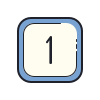 Eat heme iron-rich plant foods together with a source of vitamin C20 and carotene.17 This is a powerful way to enhance the absorption of non-heme iron. It seems that the more vitamin C and carotene you add to the meal, the higher the non-heme iron will be absorbed (heme iron is not influenced by meal composition).
Eat heme iron-rich plant foods together with a source of vitamin C20 and carotene.17 This is a powerful way to enhance the absorption of non-heme iron. It seems that the more vitamin C and carotene you add to the meal, the higher the non-heme iron will be absorbed (heme iron is not influenced by meal composition).
- Foods with vitamin C include red bell pepper, thyme, parsley, water spinach, kale, kiwi, broccoli, brussels sprouts, lemon, berries, papaya, citrus fruits, mango and sweet potatoes.
- Foods that contain carotenes are carrots, sweet potatoes, dark leafy greens, squash, red and yellow peppers and apricots, among others.
 Be careful with coffee, cocoa and tea.4 These foods contain tannins that can interfere with iron absorption. It is better to enjoy them in between meals.
Be careful with coffee, cocoa and tea.4 These foods contain tannins that can interfere with iron absorption. It is better to enjoy them in between meals.
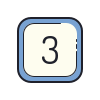 Sprout, soak, ferment or cook legumes, nuts, seeds and grains to reduce the phytic acid content.21 Phytic acid can bind to non-heme iron in the gut, limiting its absorption.22 Soy protein is also known to inhibit non-heme iron absorption, but it can be offset by the enhancing effect of vitamin C and carotene.17
Sprout, soak, ferment or cook legumes, nuts, seeds and grains to reduce the phytic acid content.21 Phytic acid can bind to non-heme iron in the gut, limiting its absorption.22 Soy protein is also known to inhibit non-heme iron absorption, but it can be offset by the enhancing effect of vitamin C and carotene.17
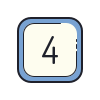 Only take iron supplements when an iron deficiency anemia has been diagnosed. In the case of iron deficiency without anemia, iron supplements can be harmful.19 One of the side effects of iron supplementation is the interference with the bioavailability of other minerals.23
Only take iron supplements when an iron deficiency anemia has been diagnosed. In the case of iron deficiency without anemia, iron supplements can be harmful.19 One of the side effects of iron supplementation is the interference with the bioavailability of other minerals.23
 Get enough calories. Studies have shown that iron levels are far easier to achieve when there is no overall calorie/dietary restrictions. Numerous studies have linked dieting with the risk of micronutrient deficiency.2, 24
Get enough calories. Studies have shown that iron levels are far easier to achieve when there is no overall calorie/dietary restrictions. Numerous studies have linked dieting with the risk of micronutrient deficiency.2, 24
Conclusions
While it is true that meat, fish and seafood consumption is associated with higher levels of iron stores (ferritin) and haemoglobin, low ferritin without low haemoglobin has not been linked to negative health effects. On the contrary, research is showing that low, but adequate, iron stores may be protective against oxidative stress, inflammation, type 2 diabetes and certain types of cancers.
For all the vegetarians and vegans out there with a tendency of having low iron stores but normal levels of haemoglobin (me included), you don't need to worry. There are a few things we can do to maximize iron absorption coming from plants and to reduce any potential iron deficiencies.
